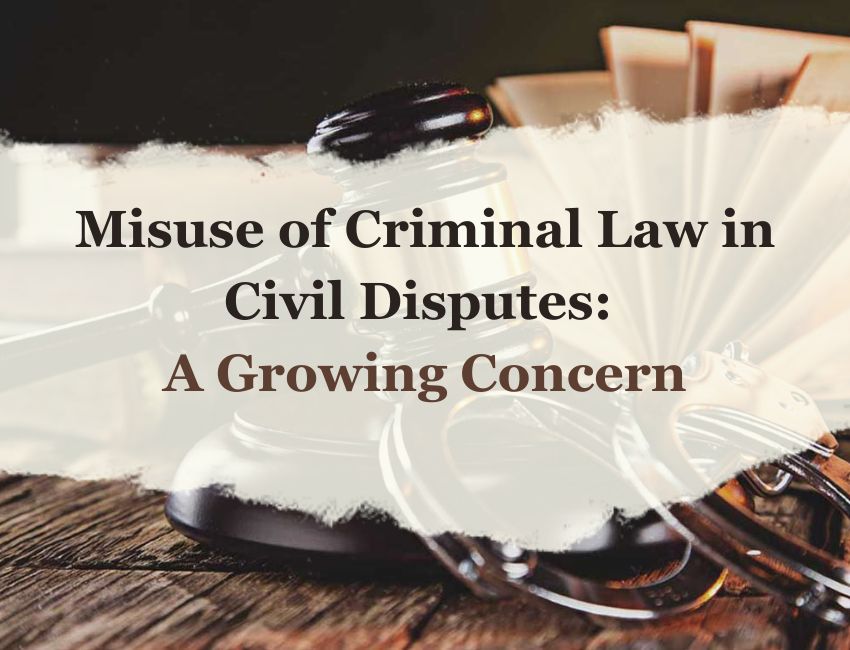Satish Chandra, C.J.@mdashThe assessee is a registered company engaged in the aluminium industry. The assessment year with which we are concerned is 1963-64; the relevant accounting year ending on 31-12-1962. The assessee-company erected a factory for manufacturing aluminium in 1960-61. Actual production of aluminium was commenced at the factory on 14-5-1962.
2. With a view to run the factory efficiently the assessee sent 28 of its employees to USA for practical training and experience in running an aluminium factory. For this purpose the company entered into an agreement with Kaiser of USA, the company which had given to the assessee the know-how, etc., for the factory. It also entered into an agreement with each of the 28 employees who were being sent for practical training to USA. The agreement with the employees, inter alia, provided that after coming back from the United States, they shall work with the company at least for a period of 5 years at the settled remuneration of Rs. 570 per month. In order to effect this practical training the assessee incurred an expenditure of Rs. 7,16,916 during the accounting period ending 3-12-1962. The assessee spread this expense over a period of 5 years and claimed one-fifth of the amount, i.e., Rs. 1,43,383 as business expenditure for the assessment year 1963-64.
3. The assessee-company also claimed deduction of a sum of Rs. 2,15,314 incurred by it for prospecting and searching bauxite mines in order to enable it to obtain bauxite which was the necessary raw material for the production of aluminium at the factory. Under this head it claimed a deduction of Rs. 2,15,314 as revenue expenditure.
4. The ITO disallowed both the claims on the ground that they were in the nature of capital expenditure. On appeal, the AAC confirmed the view of the ITO that the expenses were of capital nature. The assessee took the matter on appeal to the Tribunal. The Tribunal also rejected the submissions made on behalf of the assessee.
5. At the instance of the assessee, the Tribunal has referred the following questions for our opinion:
1. Whether, on the facts and in the circumstances of the case, the Tribunal was justified in law in holding that the expense of Rs. 2,15,314 incurred on prospecting and investigating bauxite mines were in the nature of a capital expenditure and, therefore, not allowable as a deduction u/s 37 of the income tax Act, 1961 ?
2. Whether, on the facts, and in the circumstances of the case, the Tribunal was justified in holding that the expense of Rs. 7,16,916 incurred by the assessee-company for training its employees was partly in the nature of a capital expense and, therefore, not allowable (partly) as a deduction u/s 37 of the income tax Act, 1961 ?
6. In regard to the first question the Tribunal held that the expenditure incurred by the assessee in prospecting and searching bauxite mines was not incurred in connection with earning profit but was incurred only with a view to finding out the source from where the assessee could get raw material for its aluminium plant which was yet in the construction stage. Construction of the plant had been completed and its production actually started on 14-5-1962. It was not quite correct to say that this expenditure was incurred in its entirety during the construction stage or prior to the production stage. A part of it was undoubtedly spent subsequently. Bauxite was the raw material for the aluminium plant established at the assessee''s factory. It was its stock-in-trade. The expenditure was incurred in order to enable the assessee to prospect and search for its stock-in-trade. This expenditure could not be said to be incurred with a view to obtain any asset of enduring nature. It was linked up and connected with the production, i.e., for earning profits at the factory. It was, in our opinion, allowable as revenue expenditure. It was not in the nature of capital expense.
7. In respect of the second question the position is that the claimed expense of Rs. 7,16,916 was incurred by the assessee on the training facility for its 28 employees who were sent to USA. These 28 employees were not the entire labour force of the assessee-company. Those 28 employees were specially selected for the advance training in order to enable the assessee-company to run its factory efficiently and competently. Under the contract these employees had bound themselves to serve the assessee-company for a period of 5 years. It could not be said that this was obtaining a benefit of enduring nature so that the expense may be held to be in the nature of capital expense. The training was given to achieve efficient running of the factory with intent to give optimum production. It was directly linked to the profit earning process and so it was a revenue expenditure. The fact that a portion of this expenditure was incurred during the pre-production stage is not conclusive and decisive of the matter. The expenditure was incurred not for the purpose of bringing into existence an asset or advantage for the enduring benefit of the business. It was incurred for the purpose of creating an advantage for the more beneficial running of the business. The aim and object being integrally linked with the efficient running of the business with a view to produce better profits, its character would be revenue and not capital. From this point of view it was not very material whether the expense was incurred at the pre-production or post-production stage. The Tribunal held that the portion of the expenditure incurred on the training of the employees after 14-5-1962, i.e., after the production had commenced was revenue expenditure and was allowed but not the portion which was incurred prior to the production stage. In view of the aim and object of the expenditure this distinction was not, in our opinion, well founded. We answer both- the questions in the negative, in favour of the assessee and against the department. There will be no order as to costs.
Mukul Gopal Mukherji, J.
I agree.

